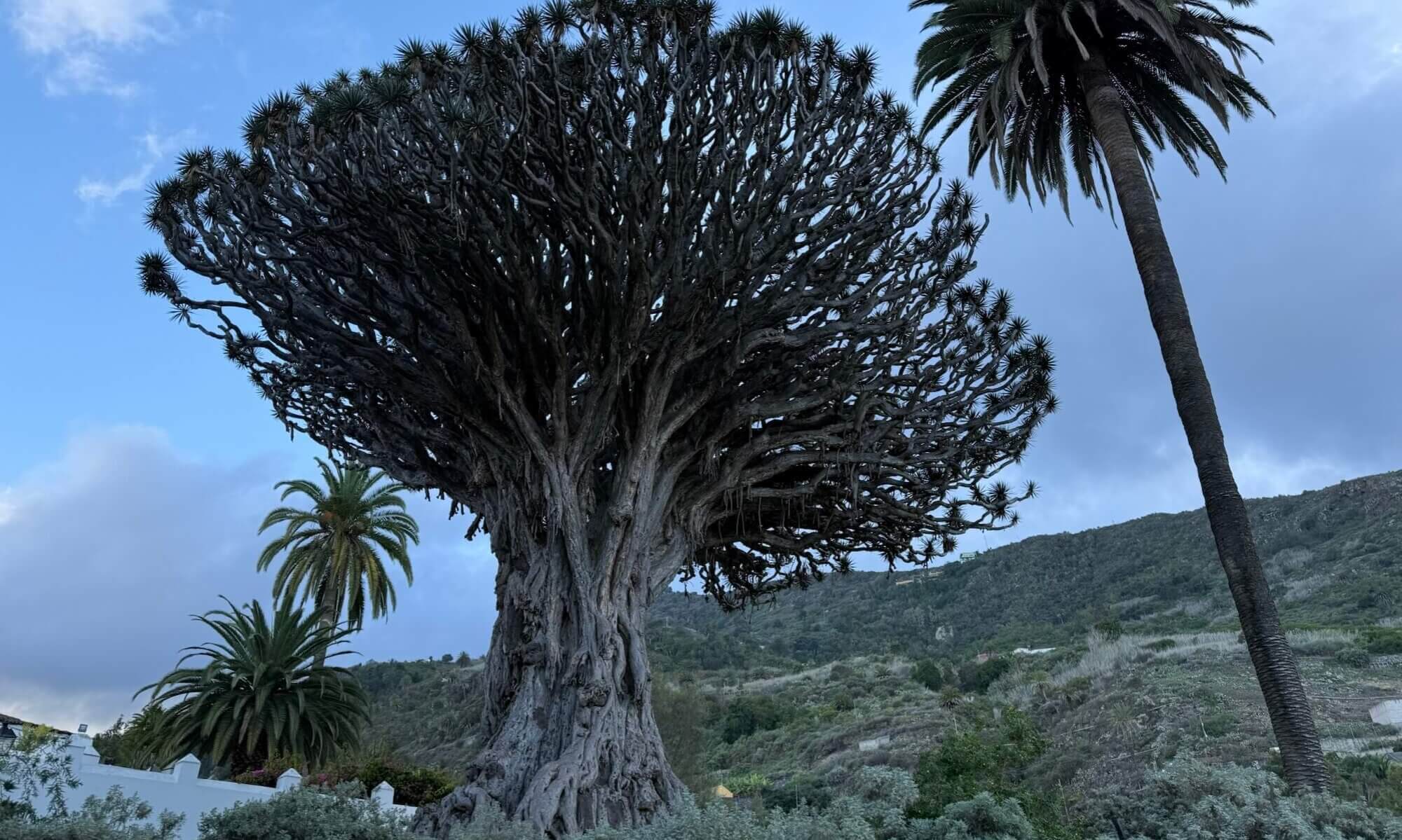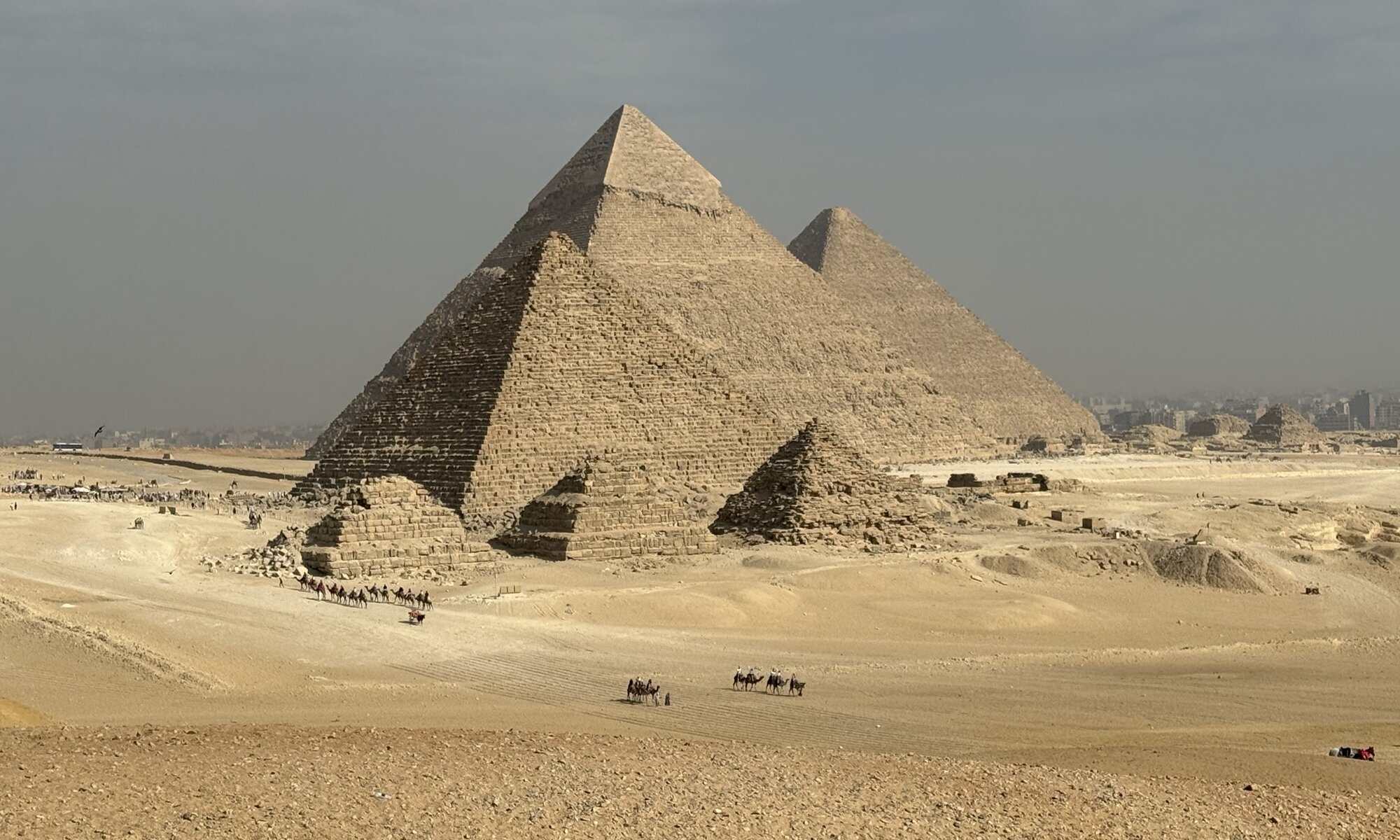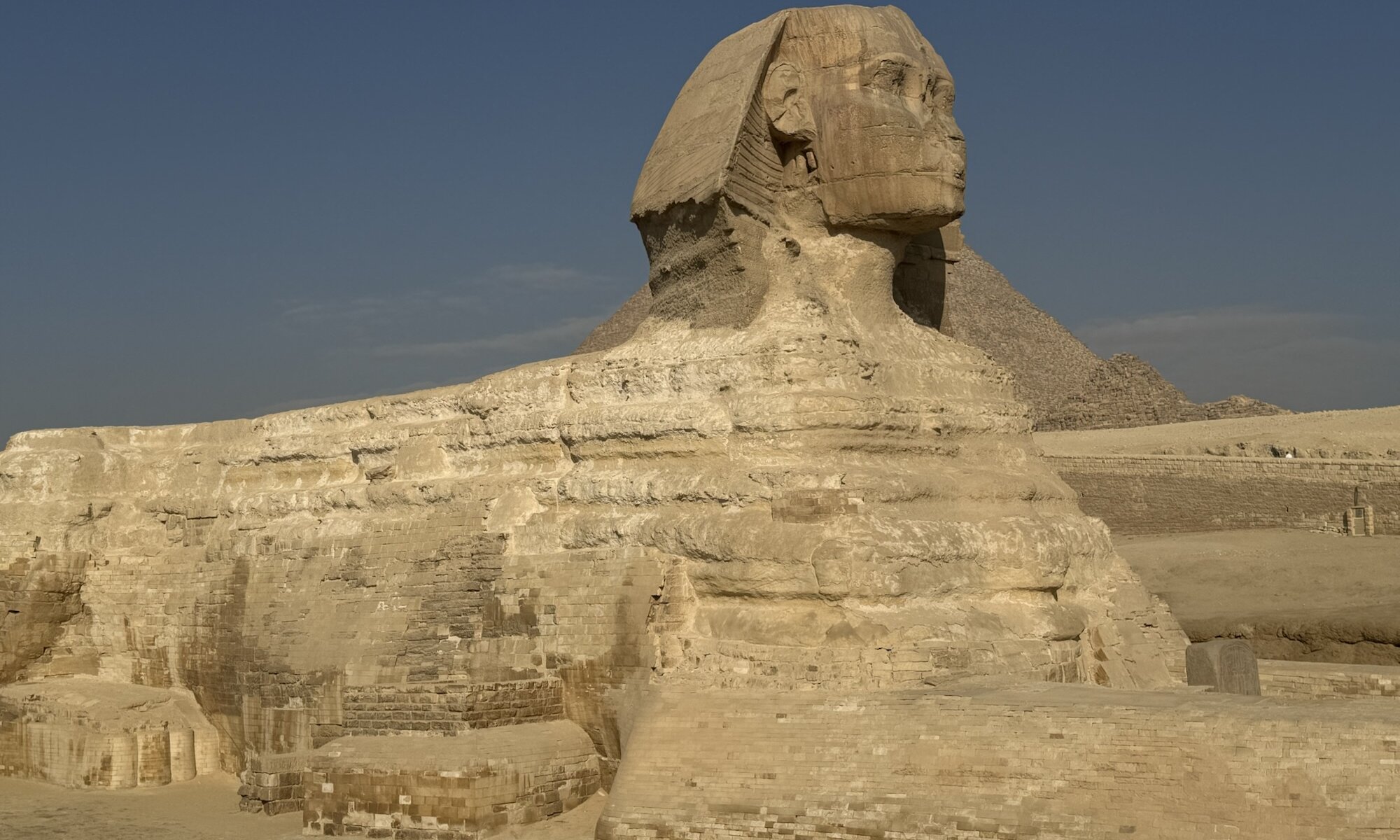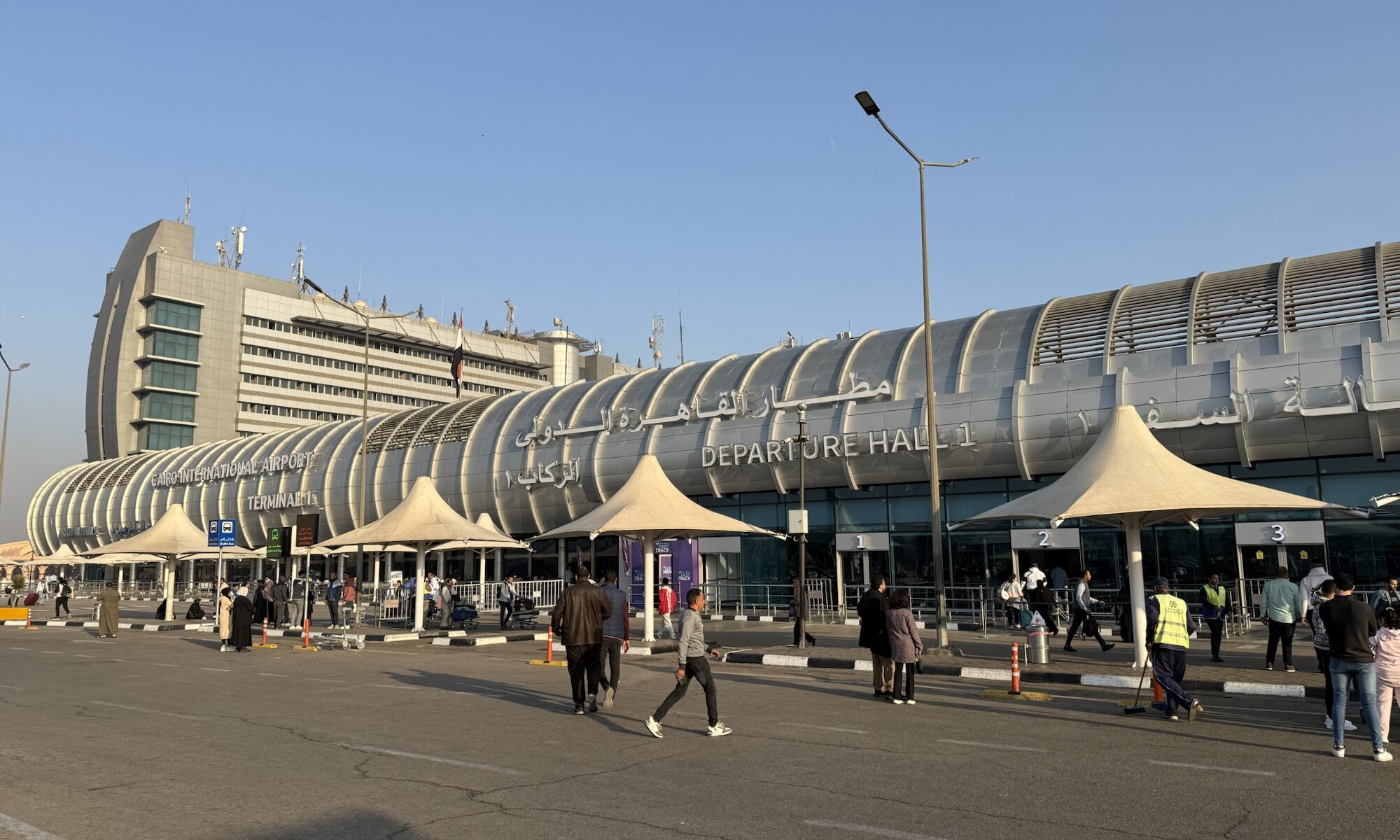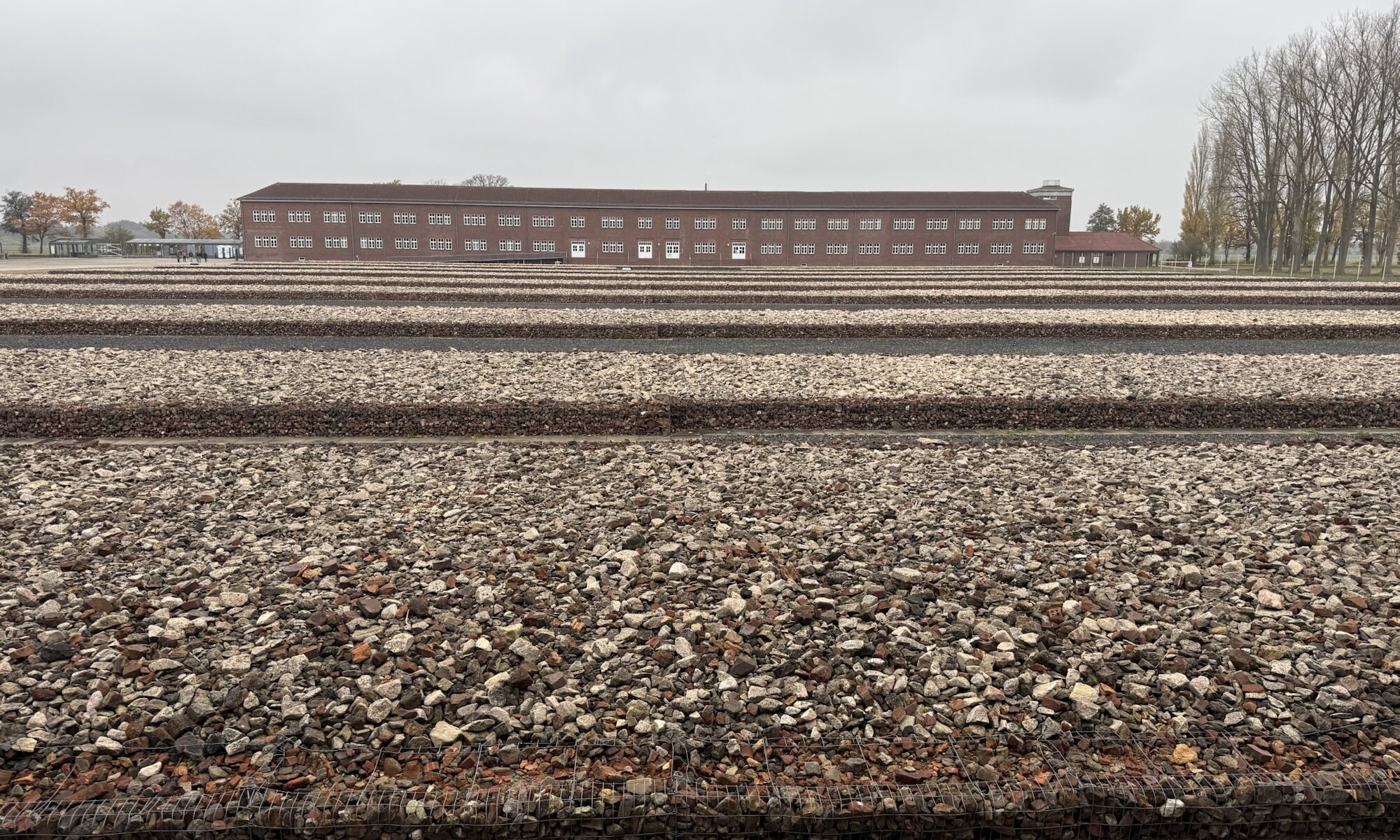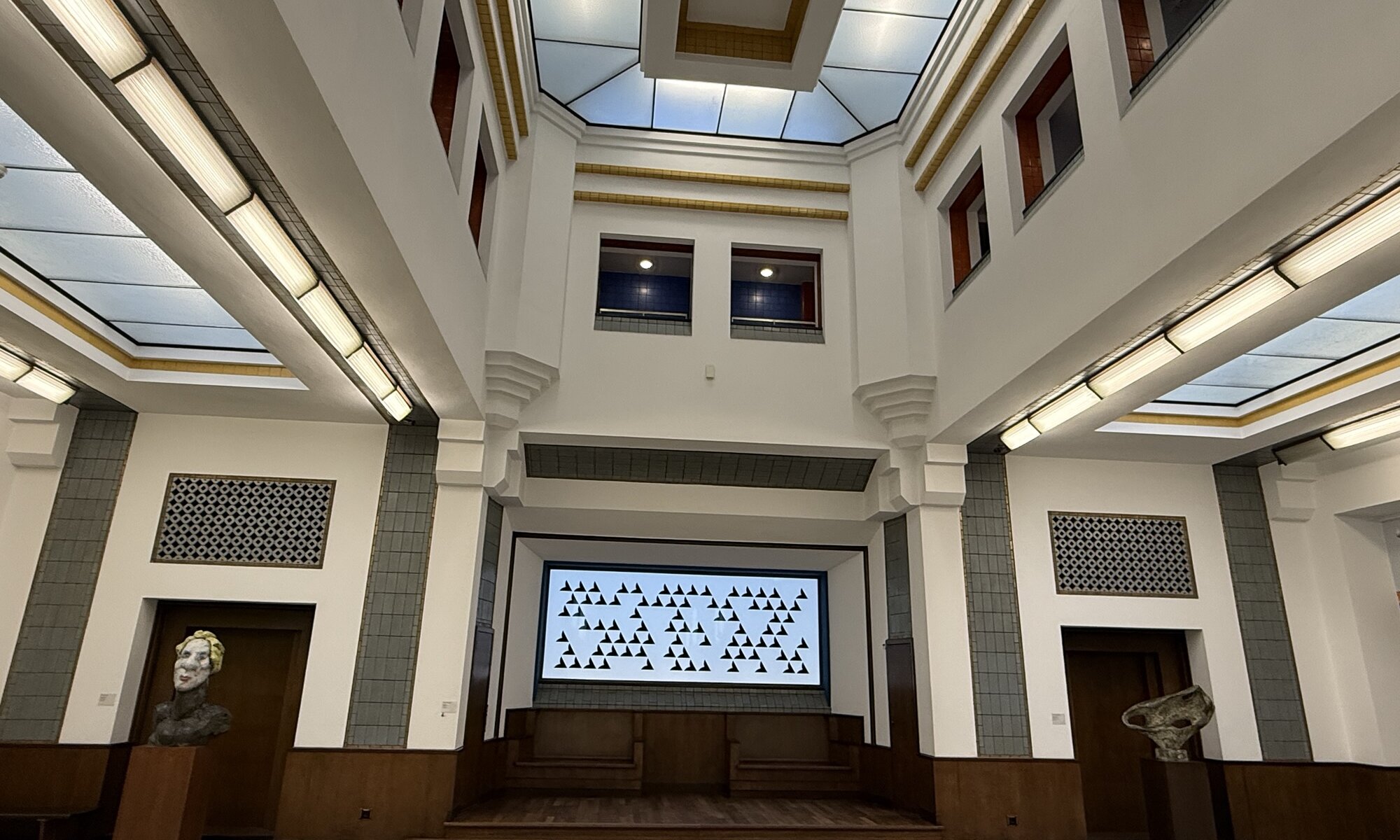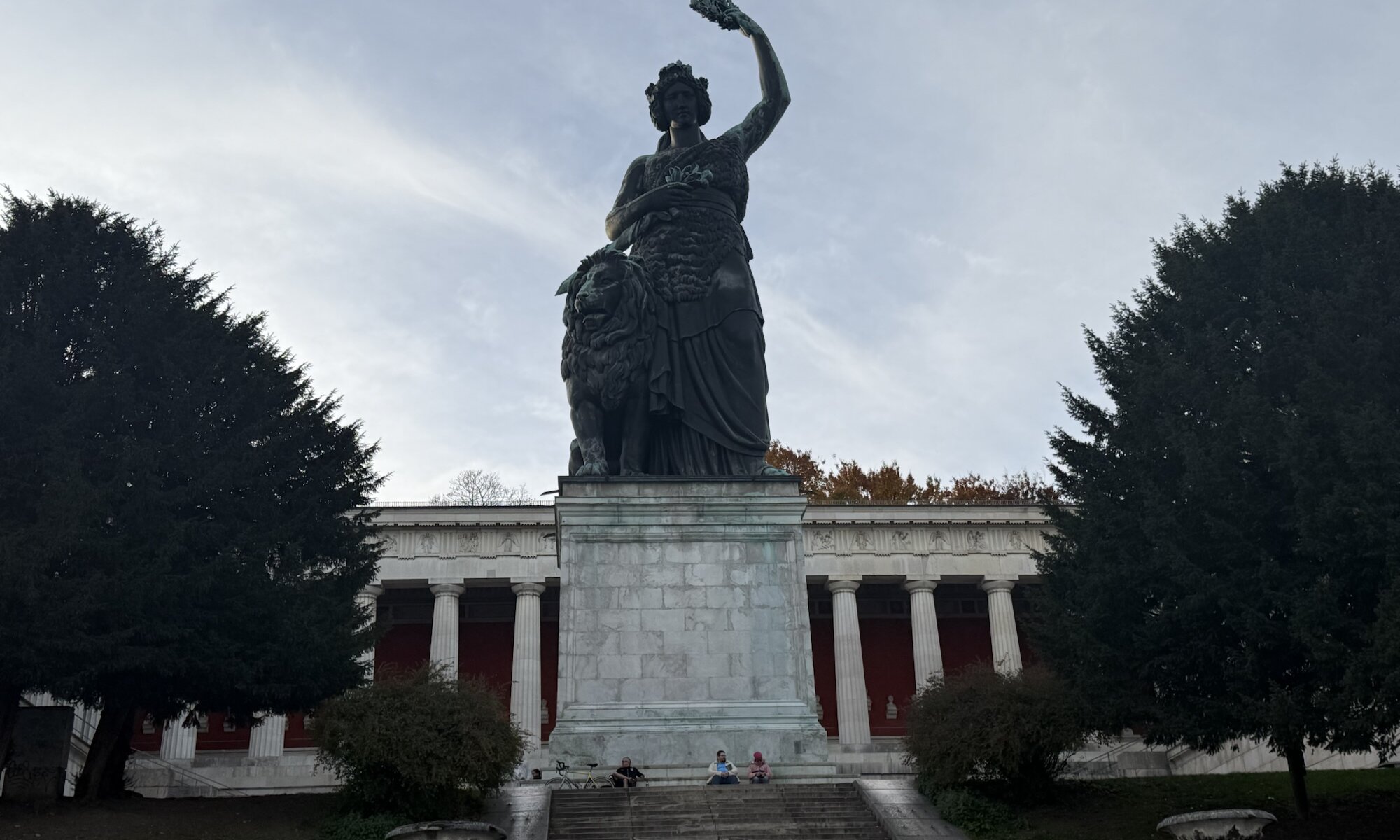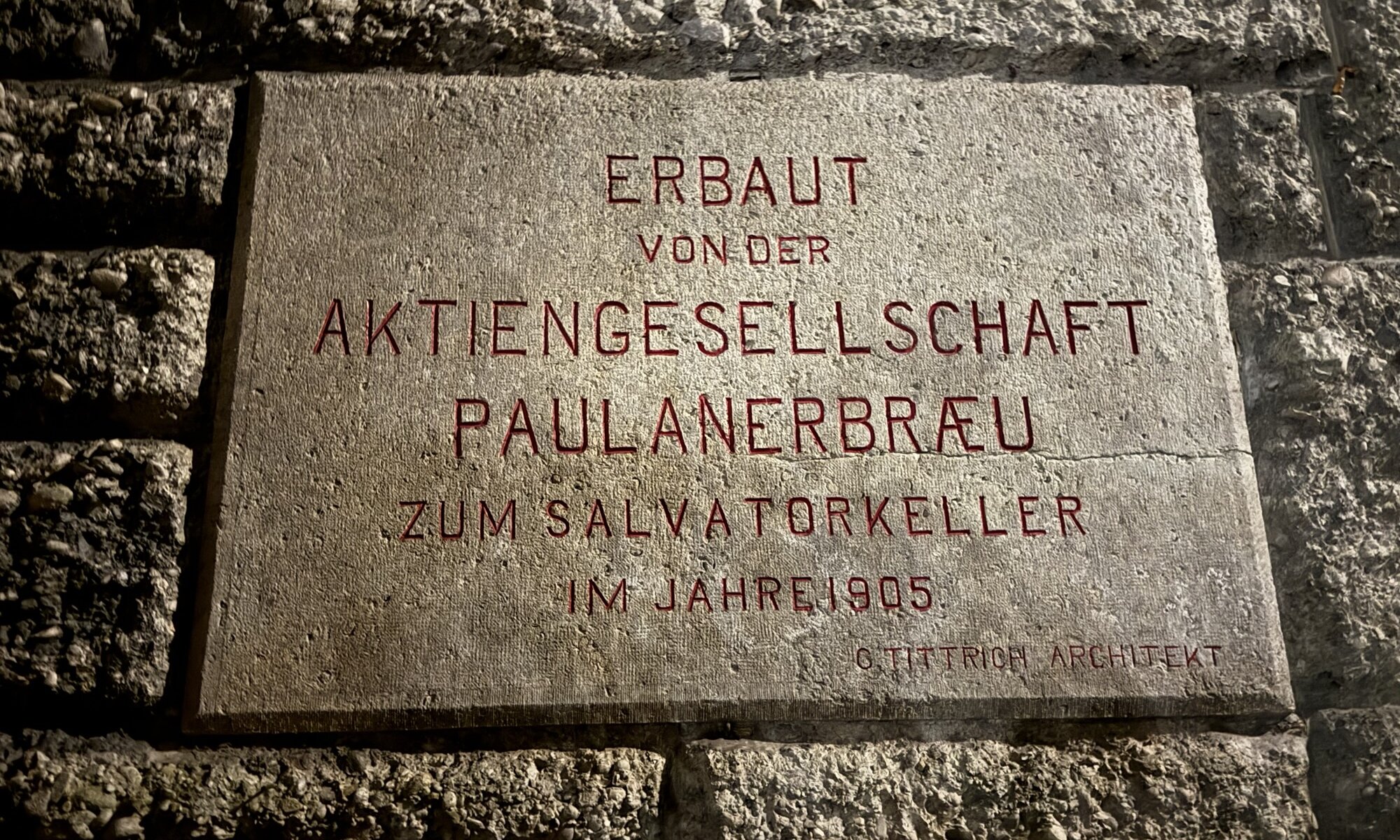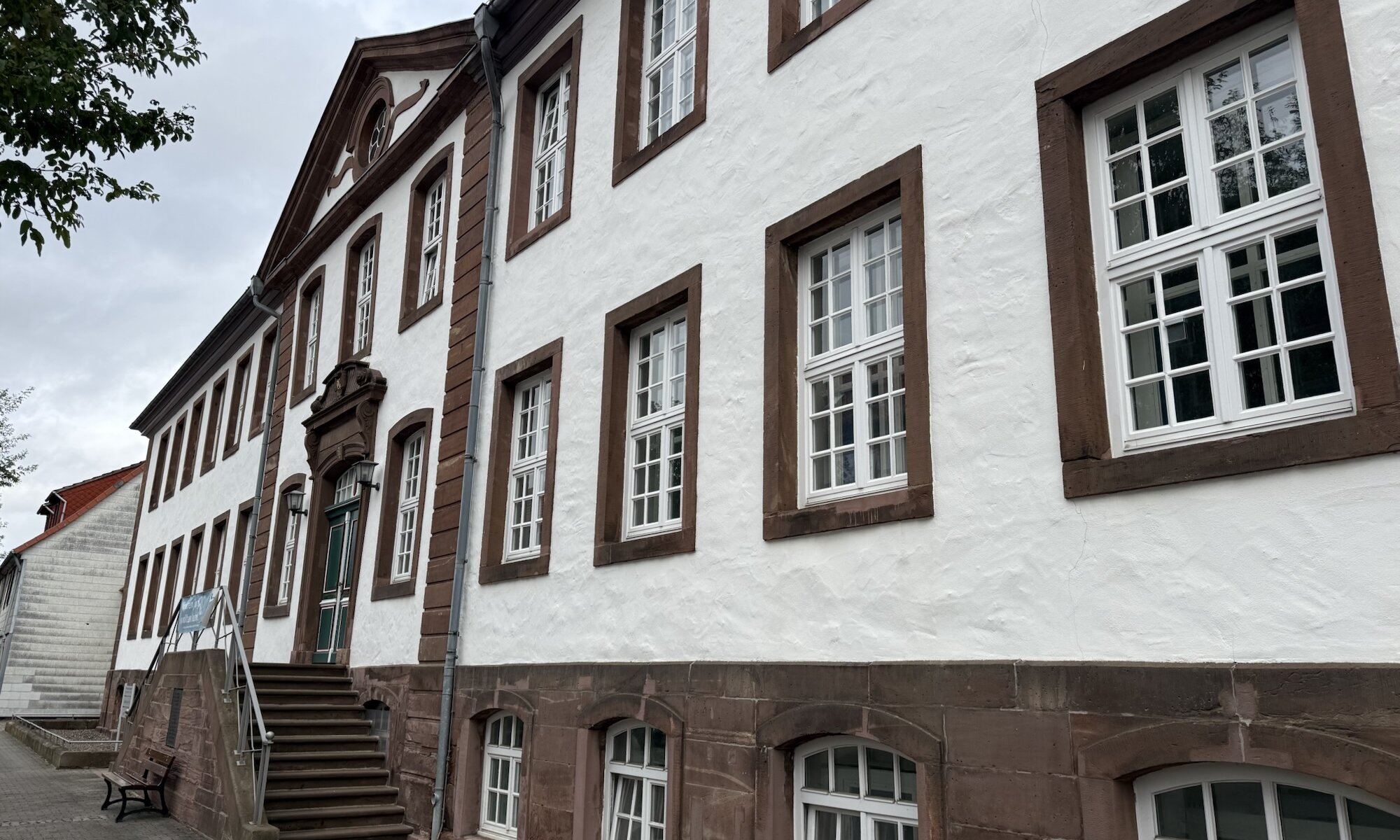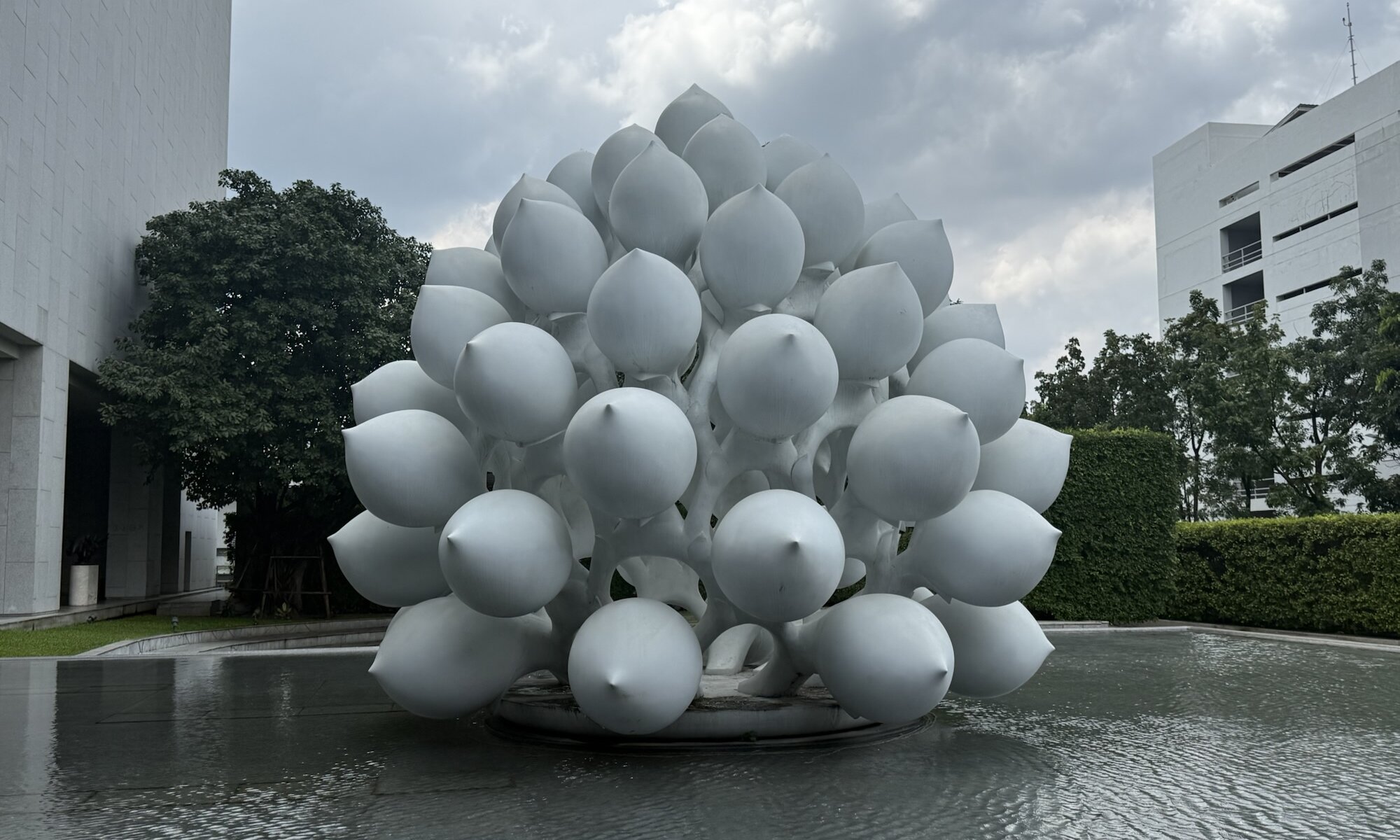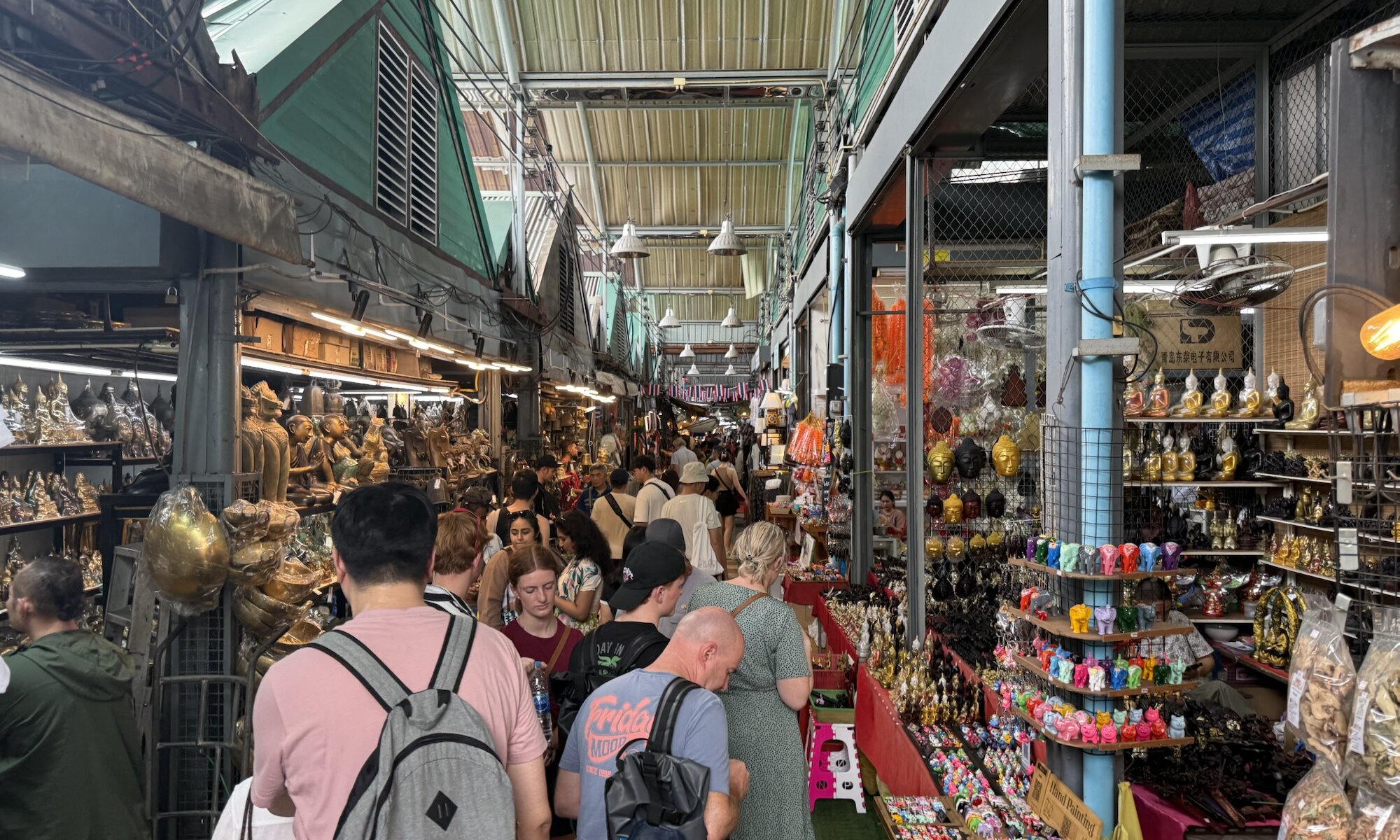The Pyramids of Giza, standing on the edge of the western desert near القاهرة, are the enduring symbols of ancient Egypt’s grandeur. Constructed during the Fourth Dynasty around 2600 to 2500 BC, these monumental tombs were built for Pharaohs Khufu, Khafre, and Menkaure, known in Greek as Cheops, Chephren, and Mykerinos. The Great Pyramid of Khufu was the earliest and largest, originally standing at about 146 metres and built from more than two million limestone blocks. Nearby, the smaller pyramids of Khafre and Menkaure followed, forming a remarkable necropolis that reflected not only royal power but also the Egyptians’ refined mastery of architectural engineering and celestial alignment.
Continue reading “The Pyramids”Great Sphinx
The Great Sphinx of Giza, one of Egypt’s defining symbols, is believed to have been built during the reign of Pharaoh Khafre around 2500 BC. Carved directly from the limestone bedrock of the Giza Plateau, it bears the head of a pharaoh and the body of a lion, symbolising royal power and divine protection. Scholars associate the monument with Khafre’s pyramid complex, since the Sphinx faces his pyramid and shares architectural similarities with nearby temples. Some have speculated it could depict an earlier ruler such as Khufu or Djedefre, but no definitive inscriptions have ever confirmed its maker. Its original Egyptian name, Hor-em-Akhet, meant ‚Horus of the Horizon‘, a fitting symbol for its gaze towards the rising sun across the desert sands.
Continue reading “Great Sphinx”Cairo International
Cairo International Airport stands as Egypt’s principal gateway to the world and one of Africa’s busiest aviation hubs. Originally established in the 1940s as a military airfield known as Payne Field during the Second World War, it was transformed into a civil airport in 1963 to serve the growing demands of Egypt’s capital. Over the following decades, it expanded steadily, replacing the earlier Heliopolis Airport, which could no longer accommodate the increasing volume of passengers and cargo. Each subsequent phase of development reflected القاهرة’s evolving position as a crossroads between Africa, Asia, and Europe.
Continue reading “Cairo International”Neuengamme
The Neuengamme concentration camp, located in the outskirts of Hamburg, was established by the SS in late 1938 initially as a subcamp of Sachsenhausen before becoming independent in 1940. The site, built around a disused brickworks, played a grim role in Nazi efforts to exploit forced labour for the war economy, with prisoners compelled to endure backbreaking tasks under brutal conditions. Over its seven-year existence until liberation in May 1945, Neuengamme became the central concentration camp in north-west Germany, expanding to include dozens of satellite camps throughout the region.
Continue reading “Neuengamme”Kunstmuseum
The Kunstmuseum in Den Haag stands as an emblem of modern art institutions, rooted in an illustrious history dating back to 1866 when a group of artists and collectors founded the Society for the Development of a Museum of Modern Art. Their vision was embraced by civic leaders and prominent artists such as Philip Sadée and Hendrik Willem Mesdag, transforming the museum into a cultural centrepiece for Den Haag. The collection grew rapidly, outstripping its initial premises until it found a permanent home at its present site, reflecting both the historical depth and continuous expansion of its holdings through the nineteenth and twentieth centuries.
Continue reading “Kunstmuseum”Ruhmeshalle
The Ruhmeshalle in München stands as a grand neoclassical monument, overlooking the Theresienwiese from its elevated position on the western edge of the city centre. Designed by the renowned architect Leo von Klenze and commissioned by King Ludwig I of Bavaria, it was completed between 1843 and 1853. Its purpose was to serve as a hall of fame, celebrating figures who had made distinguished contributions to Bavarian culture, science, and public life. The open colonnade, built in the style of a Greek temple, forms a semi-circle that conveys both prestige and reverence, harmoniously blending with Münchens 19th-century architectural spirit.
Continue reading “Ruhmeshalle”Starkbierfest
Nestled on a gentle hill in the district of Au, the Nockherberg holds a special place in Münchens cultural and brewing history. It is best known as the home of the Paulaner Brewery, which has stood here since the seventeenth century. The origin of Nockherberg’s fame dates back to 1634, when monks of the Neudeck ob der Au monastery first brewed a dark, strong beer known as Salvator to sustain themselves during Lent. This hearty beverage quickly gained popularity, becoming not only a symbol of local craftsmanship but also an inseparable part of Münchens identity. Over time, the hillside location transformed from a monastic retreat into a vibrant site for one of Bavaria’s most beloved beer traditions.
Continue reading “Starkbierfest”KZ Moringen
The Konzentrationslager Moringen, located near Göttingen in Lower Saxony, began its grim history shortly after the Nazi rise to power in 1933. Established within the buildings of a former Arbeitshaus (or Werkhaus, an institution for forced labour), it was among the first wave of concentration camps set up across Germany, predating the large, industrial-scale camps that would later define the regime’s terror. Initially, the camp served as a detention site for political opponents of the Nazis – primarily communists, social democrats, and trade unionists. Prisoners were subjected to harsh conditions, forced labour, and systematic abuse, as the camp became a testing ground for the early concentration camp system.
Continue reading “KZ Moringen”MOCA
The Museum of Contemporary Art in กรุงเทพฯ, often abbreviated as MOCA, stands as a beacon of modern artistic expression in the bustling Thai capital. Its architecture is striking, blending a modernist design with clean lines and an expansive, airy interior that invites visitors to immerse themselves in the creative atmosphere. The building’s façade is characterised by large glass panels that allow natural light to flood the galleries, creating an environment where artworks can be appreciated in vivid detail. Situated a little way from the city centre, MOCA offers a peaceful contrast to the busy urban surroundings, providing a contemplative space where art takes centre stage.
Continue reading “MOCA”Thai-style shopping
The Chatuchak weekend market in กรุงเทพฯ is an expansive, vibrant maze of stalls stretching over a vast area, often bustling with a lively mix of locals and tourists alike. Its structure feels more like a small city than a traditional market, with narrow pathways winding through sections dedicated to different goods. Colourful awnings and signs compete for attention amidst a lively chatter, enticing visitors to explore every corner. The market’s atmosphere is both chaotic and charming, with a mix of aromas from street food vendors melding with the sight of handcrafted goods and quirky souvenirs.
Continue reading “Thai-style shopping”